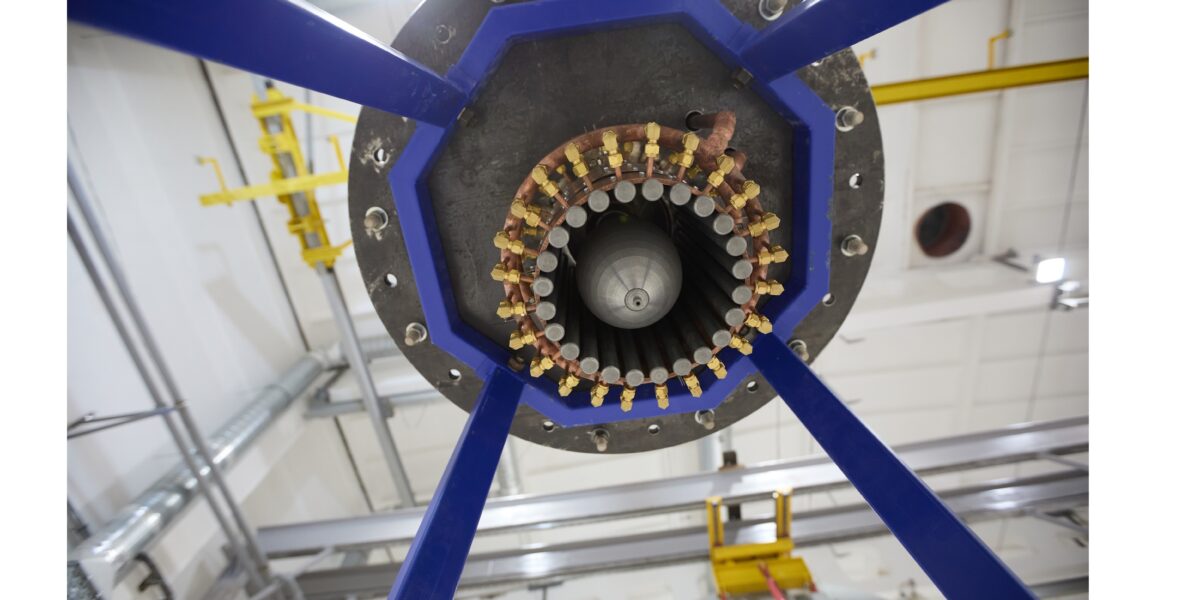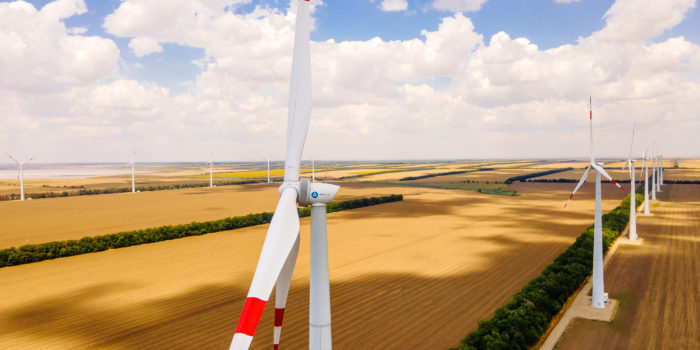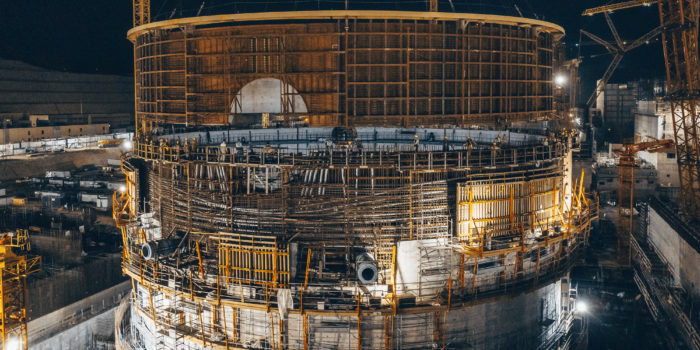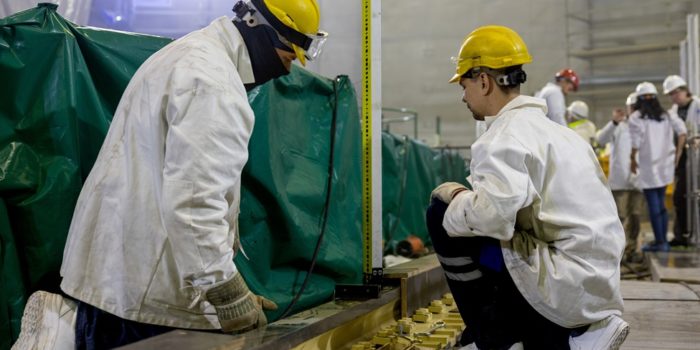The scientists at Rosatom have developed a laboratory prototype of a plasma electric rocket engine based on a magnetic plasma accelerator, which exhibits improved thrust performance (at least 6 Newtons) and specific impulse (at least 100 kilometers per second). The project is a part of a comprehensive program aimed at advancing nuclear science, engineering, and technology in Russia, which in 2025 emerged as a part of the new national initiative for technological leadership “New Nuclear and Energy Technologies”.
The average power of such an engine operating in a pulsed-periodic mode can reach 300 kilowatts. These engines enable spacecraft to accelerate in space to velocities that are beyond the capability of chemical engines and make fuel consumption more efficient by reducing the need for fuel by ten times.
“At present, a one-way travel to Mars onboard spacecraft with conventional engines can take almost a year, which poses a significant risk to astronauts considering cosmic radiation exposure. However, plasma engines could reduce the duration of flights to just 30 to 60 days, making possible return missions to Mars. The creation of a prototype is a crucial milestone of the project as it shows whether the engine is suitable for future “nuclear tugs” in space and whether it is possible to reduce the cost of their production,” said Alexey Voronov, First Deputy Director General for Science at Rosatom’s Research Institute in Troitsk.
A large-scale experimental facility is being constructed at the Troitsk site to test the plasma rocket engine prototype and other similar technologies. The diameter of the main equipment of the facility, the vacuum chamber, is 4 meters, and its length is 14 meters. The chamber is planned to be equipped with unique systems for high-efficiency vacuum pumping and heat removal. These systems make it possible to create space-like conditions.
Reference
Rosatom specialists are involved in the development of new nuclear power facilities for various purposes under the national space exploration program. These include energy systems for transport and research spacecraft, as well as equipment and facilities of the bases located on other planets. Specifically, the Moscow Experimental Design Bureau Mars (Mars MOKB) produces onboard systems, and automated control and navigation systems intended for spacecraft. For example, the bureau is developing onboard control systems for the Arktika-M spacecraft series and the Elektro-L weather satellite.
Rosatom’s Institute in Sarov and the Moscow Design Bureau Mars (developer of the control system for the Spektr-Roentgen-Gamma ray Observatory, Spektr-RG) are involved in the creation of telescopes. In 2024, a team of scientists, including two researchers from the Sarov Centre, were awarded the Russian Government Prize in Science and Technology for their work on creating the first Russian X-ray reflecting telescope, ART-XC (The Astronomical Roentgen Telescope – X-ray Concentrator). This telescope is installed aboard the Spektr-RG space observatory, which was successfully launched into orbit on 13 July 2019. ART-XC is currently used for a comprehensive survey of the entire sky, which will provide the most detailed map of the universe in the high-energy X-ray spectrum of electromagnetic radiation. Furthermore, the center is developing equipment for space laser communication, which will transmit information over distances of up to 45,000 kilometers, from Earth to low-orbit satellites.
Furthermore, experts from the Institute of Physics and Technology Problems (IPTP JSC belongs to the Automated Process Control Systems and Electrical Engineering division of Rosatom) have created a one-of-a-kind gamma-ray irradiation device that can emit cosmic radiation. This device enables the testing of electronic components in conditions that most closely approximate in-orbit environment. Another company of the division, Specialized Instrumentation Engineering Research Institute (SNIIP JSC), has created the renowned Matryoshka module. This system allows researchers to investigate the impact of cosmic radiation on the human organism. Over two decades, Matryoshka recorded the radiation exposure across various sections of the International Space Station. These hi-tech developments have greatly enhanced the scope of research and testing required for the successful exploration of space.
The comprehensive program “Development of equipment, technologies and scientific research in the field of atomic energy use in the Russian Federation for the period up to 2024” was implemented since 2021 by Rosatom in collaboration with the Kurchatov Institute National Research Center (the lead scientific organization of the program), the Russian Academy of Sciences and the Ministry of Science and Higher Education of the Russian Federation. This program encompassed the development of innovative technologies and materials, new equipment prototypes; the modernization of existing facilities; the construction of unique complexes and infrastructure in the field of nuclear energy and the thermonuclear fusion control, as well as of SMR-based nuclear power plants. Since 2025, the work on federal projects under the comprehensive program “Development of equipment, technologies and scientific research in the field of atomic energy use in the Russian Federation for the period up to 2024” has been a part of a new national initiative for technological leadership “New Nuclear and Energy Technologies”.
The Russian industrial sector aims to attain technological independence and embrace the most advanced technologies. Both the government and major domestic companies are allocating resources to expedite the advancement of domestic research, infrastructure, and scientific and technological base. The deployment of novel technologies and advanced machinery has enabled Rosatom to venture into emerging market areas and enhance the competitiveness of the nuclear sector and the Russian economy at large.





